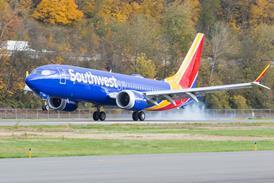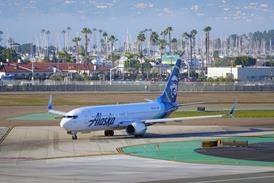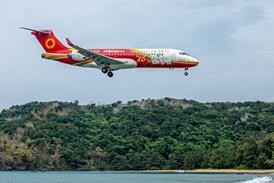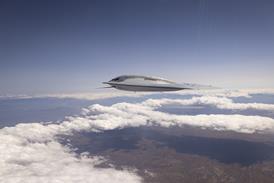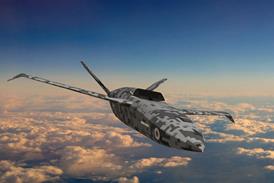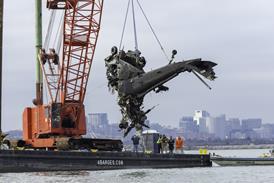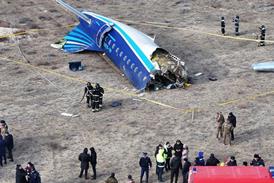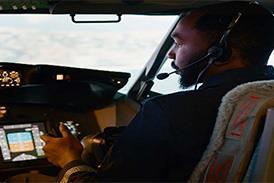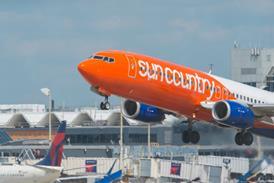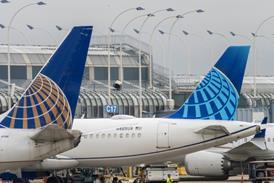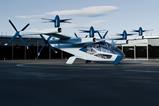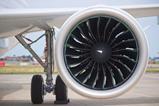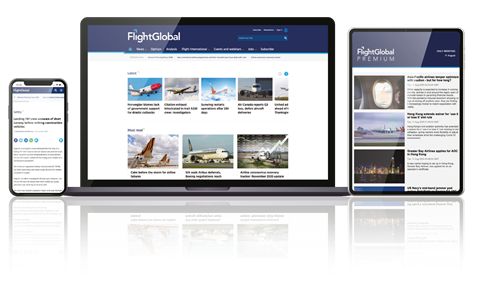Aura Aero is maintaining its plan to fly the first prototype of its hybrid Electric Regional Aircraft (ERA) within two years, as the French developer continues to firm up the supply chain for the 19-seater.
Speaking to FlightGlobal at the Aero Friedrichshafen show in Germany, chief executive Jeremy Caussade, said the Touluse-based firm was “still targeting to fly [the ERA] by the beginning of 2027”.
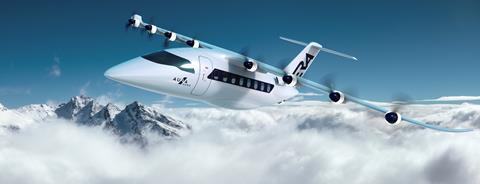
Ahead of that milestone, major suppliers will be unveiled at the Paris air show in June, he says.
Aura has so far released scant detail about the supply chain for the ERA; the only firm agreement so far disclosed is a deal with Safran Electrical & Power for its ENGINeUS 100 electric propulsion system.
Safran is already providing a 125kW version of the ENGINeUS 100 for Aura’s Integral E two-seat trainer, but the eight motors powering the ERA will each “be a little bit below 200kW”.
The distributed propulsion system should also offer drag and lift benefits, the latter from a blown-wing effect allowing the ERA to access runways down to about 800m (2,620ft).
Although a product in its own right, the Integral E – flying since late 2024 and set for certifciation in 2026 – is also a critical tool to help derisk the powertrain for the larger aircraft, says Caussade.
“The Integral E was, is and will be absolutely mandatory to succeed at 19 seats. There is no way you can go to 19 straight away without a safe and sound foundation,” he says.
“We are serious about the electrification of flight. We see from the plane flying now that it is working perfectly. There is really no barrier now.”
However, the ERA is a more complicated aircraft, despite being in the same European Union Aviation Safety Agency CS-23 category as its smaller sibling,
Its features a series hybrid powertrain, including a turbogenerator in the fuselage, in-house-developed fly-by-wire controls, and a more-electric architecture that eliminates the primary and secondary hydraulic systems.
FBW controls will be “as important as the propulsion system”, he adds, noting that “it is not possible to offer any more on the market a commercial airplane without [them]” due to the safety benefits offered.
Despite the step-up in complexity, Caussade is hopeful that certification can be achieved by 2029 but concedes this may slip slightly: “We really believe 2030 is feasible.”
At Aero, Aura unveiled three new distributors for the ERA and Integral aircraft families, including dealers in Denmark, Italy and Poland.
Meanwhile, the company’s ‘M’, or military, division – disclosed at the recent IDEX show in the UAE – is continuing to develop a new medium-altitude, long-endurance uncrewed air vehicle (UAV).
Designed for both civil and military applications, the 2-3t-class UAV will have a 17m wingspan, and “will probably fly next year”, says Caussade.
Initial civil or parapublic capabilities will be developed on a ‘green’ aircraft in France, while Aura’s Abu Dhabi unit will work on adding miliary systems, including weapons.


